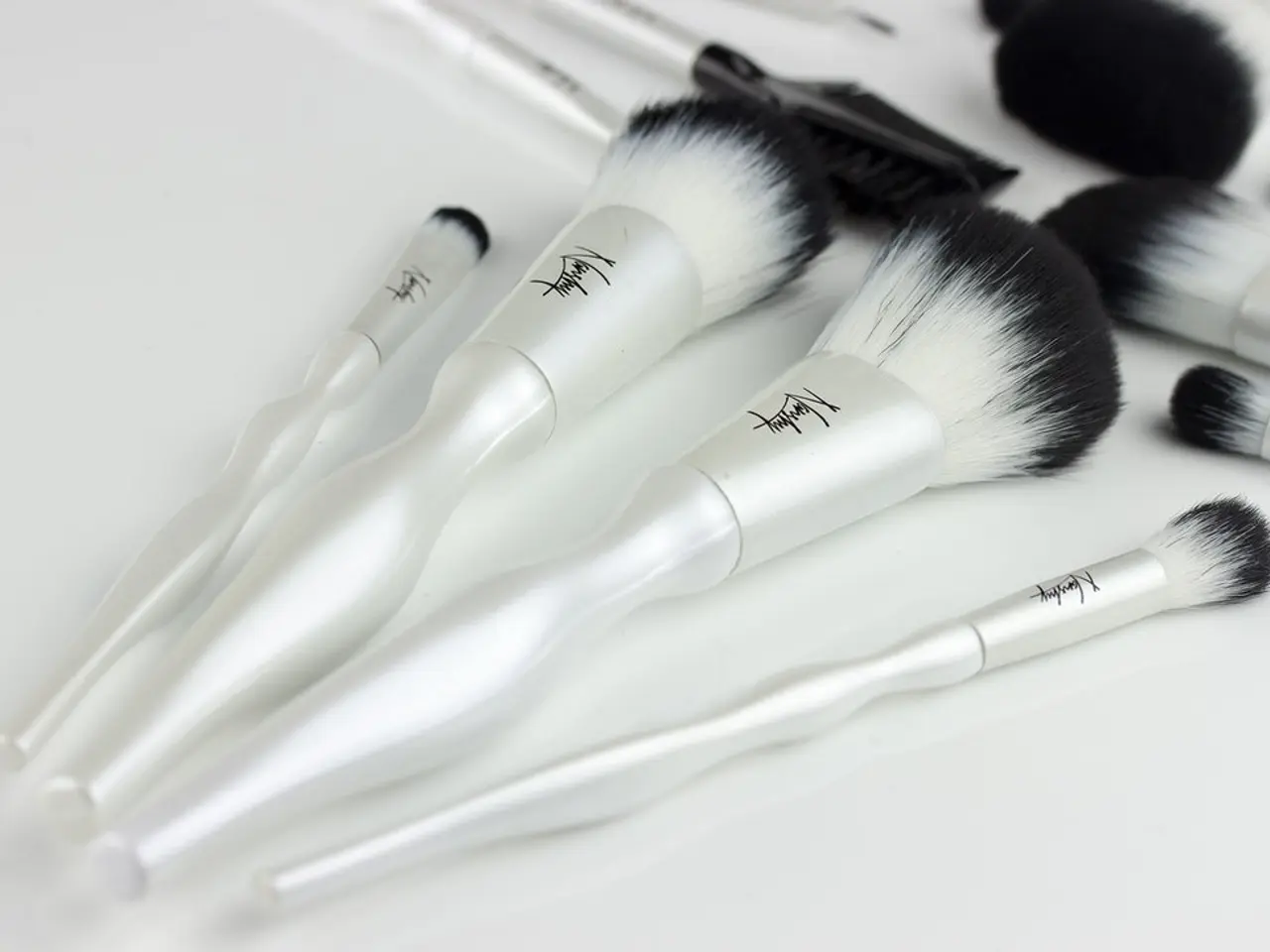Permanency of Laser Hair Removal: Fact or Myth?
Laser hair removal has become a popular choice for those seeking a long-lasting solution to unwanted hair. Here's what you need to know before undergoing this treatment.
Firstly, it's crucial to consult a board-certified dermatologist or plastic surgeon for your treatments. This step is essential to minimize potential side effects and ensure the best possible results. Your dermatologist may evaluate your hormonal status before the sessions, as hormones can affect the rate and amount of hair regrowth.
Preparation for the treatment is also important. Your skin needs to be clean and oil-free, so avoid using makeup or oily skin products before the session. Additionally, avoid perfume and deodorant, as they could make skin irritation worse.
Certain medications can make your skin more sensitive to the laser, leading to pigment changes and burns. It's important to run through your meds with your dermatologist before your session to avoid any complications.
The laser needs pigment in the hair follicles to focus, so don't pluck or wax for six weeks before your appointment.
Lasers with longer wavelengths work well with darker skin types, while shorter lengths are more suitable for those with lighter hair and skin.
Potential side effects include a burning or stinging sensation, swelling, redness, blistering, infection, scarring, changes in skin tone, cold sore outbreak if HSV positive, and these changes could be permanent on darker skin. Choosing a board-certified dermatologist reduces the risks of pigment changes, burning, and scarring.
Multiple sessions are needed to notice a real difference in hair growth reduction. The duration of laser hair removal effectiveness depends on factors such as hair density, hair color (darker hairs absorb laser energy better), skin type (lighter skin with dark hair responds best), and the hair growth phase (only hairs in the active growth phase can be permanently targeted). Multiple sessions (usually 8-12) spaced several weeks apart are needed because only about 20-30% of hairs are in the growth phase at a time, leading to a long-lasting reduction of hair, often for years, with occasional maintenance treatments if needed.
Lastly, avoid sunbathing or tanning beds for four to six weeks before your laser treatments and use sunscreen as part of aftercare to maintain the results of your treatment.
In conclusion, laser hair removal, when performed by a qualified professional and with proper preparation and aftercare, can provide a long-lasting solution to unwanted hair. Always consult with a board-certified dermatologist or plastic surgeon to discuss your options and expectations.




